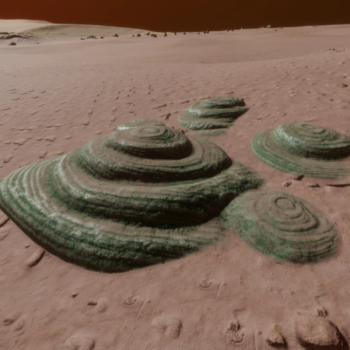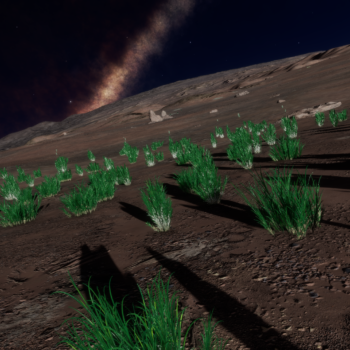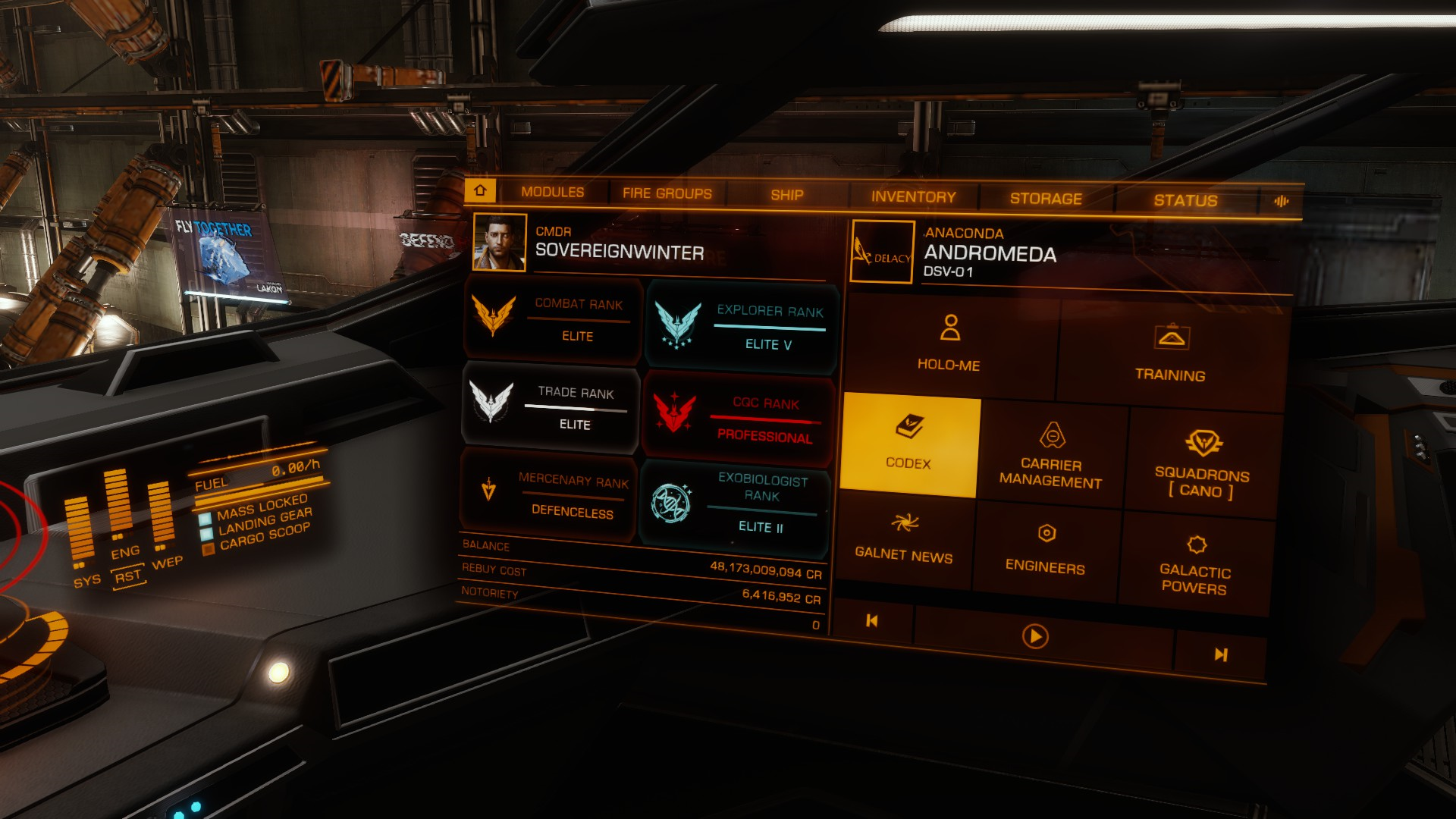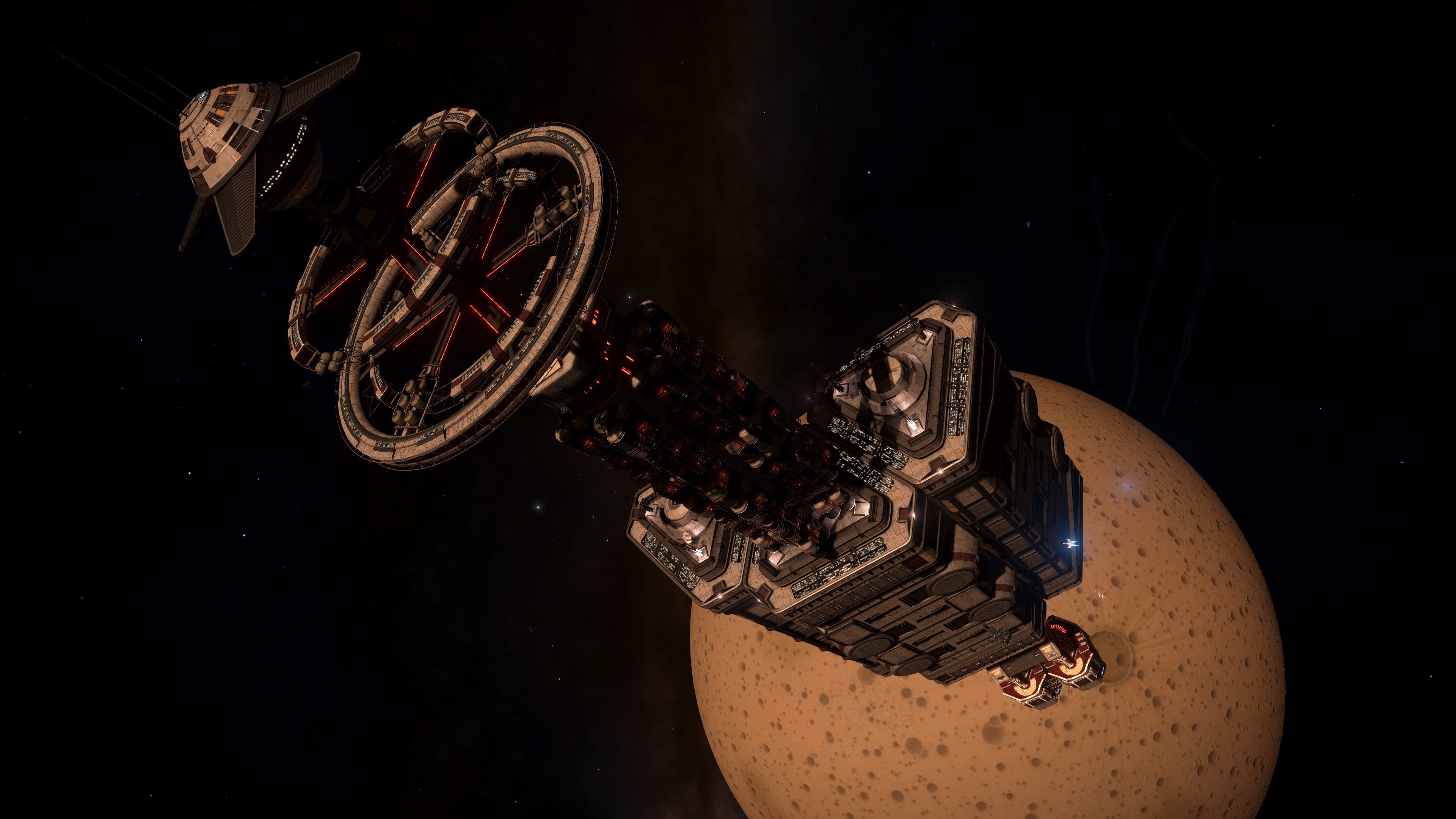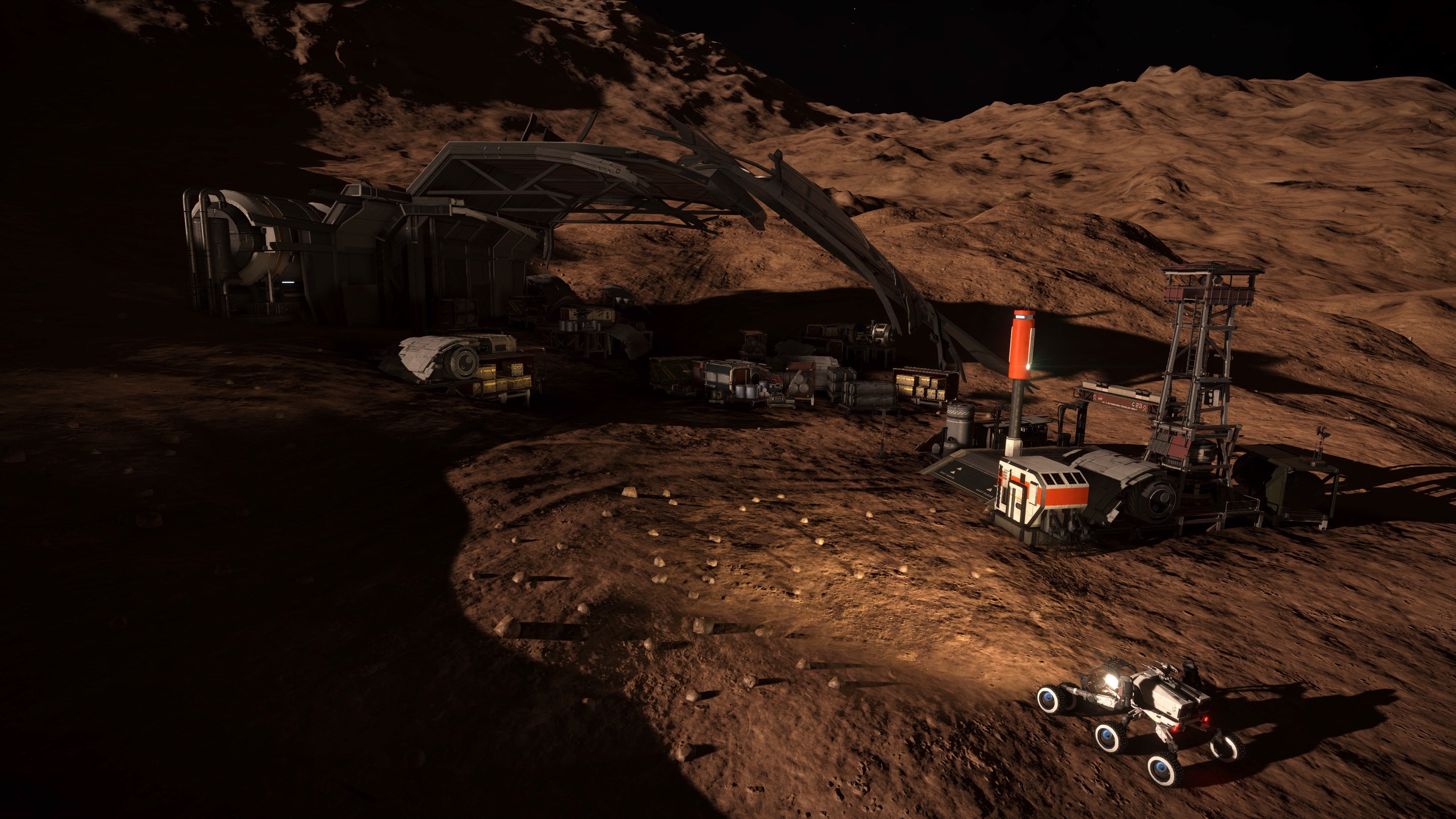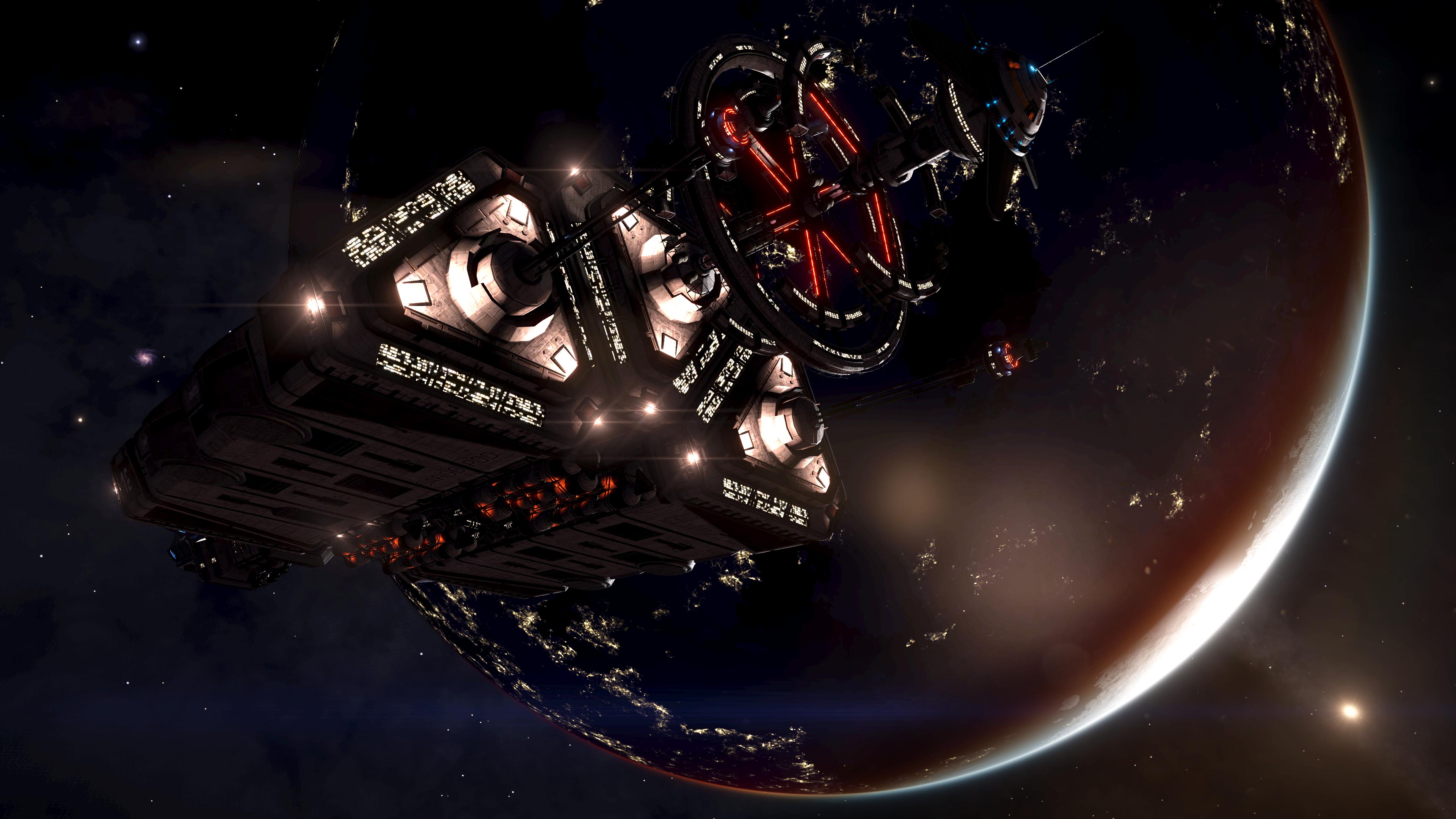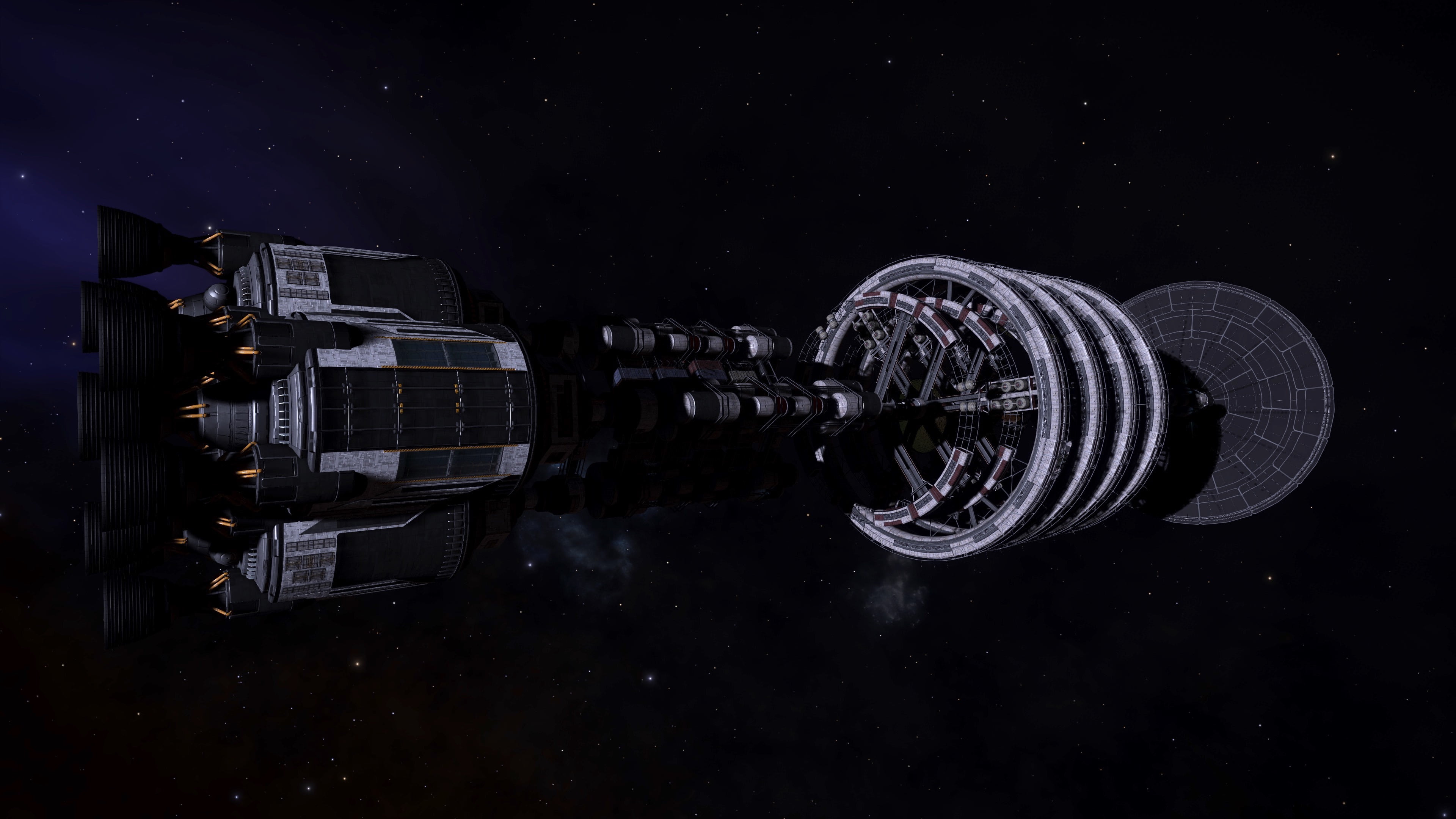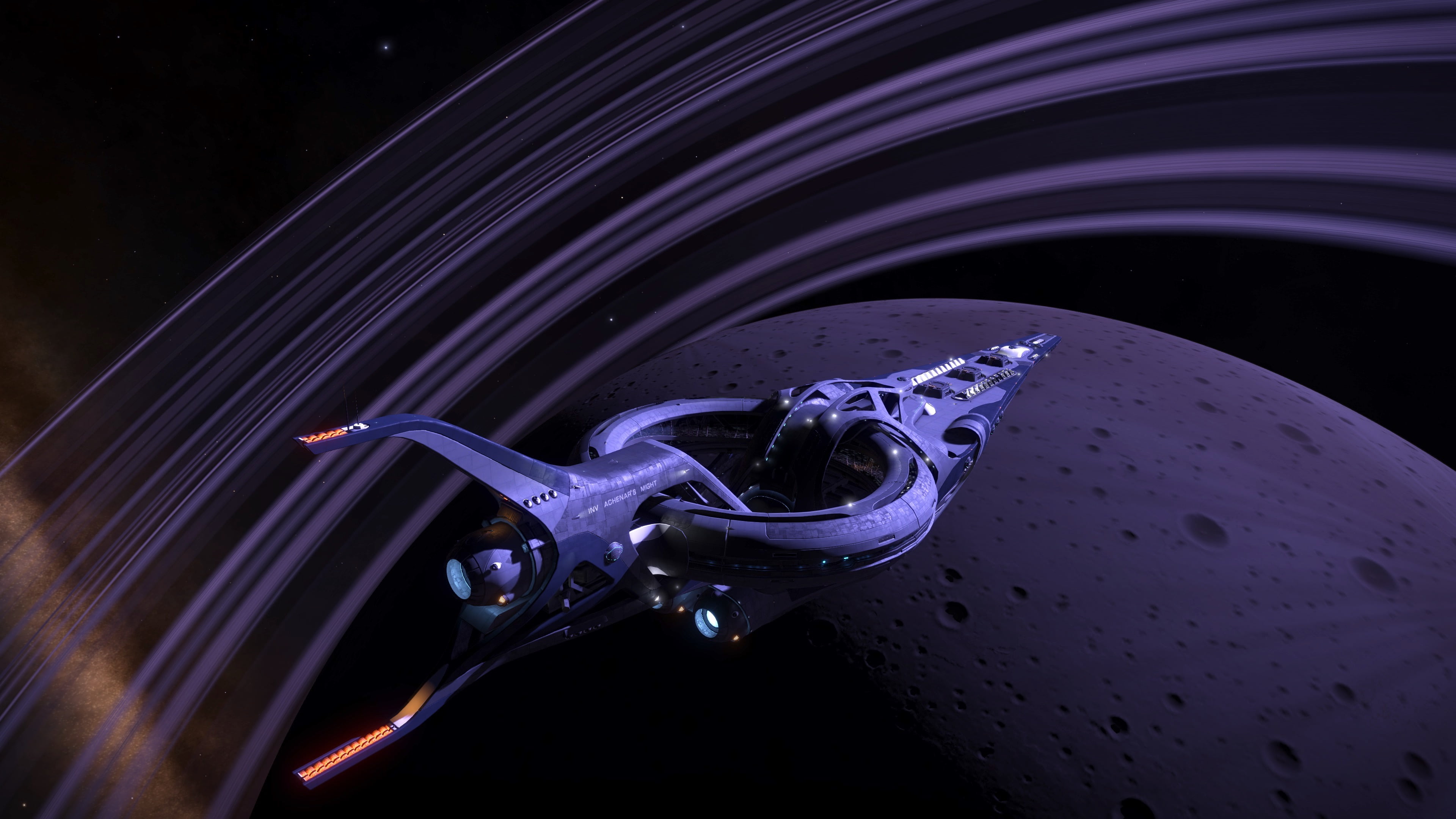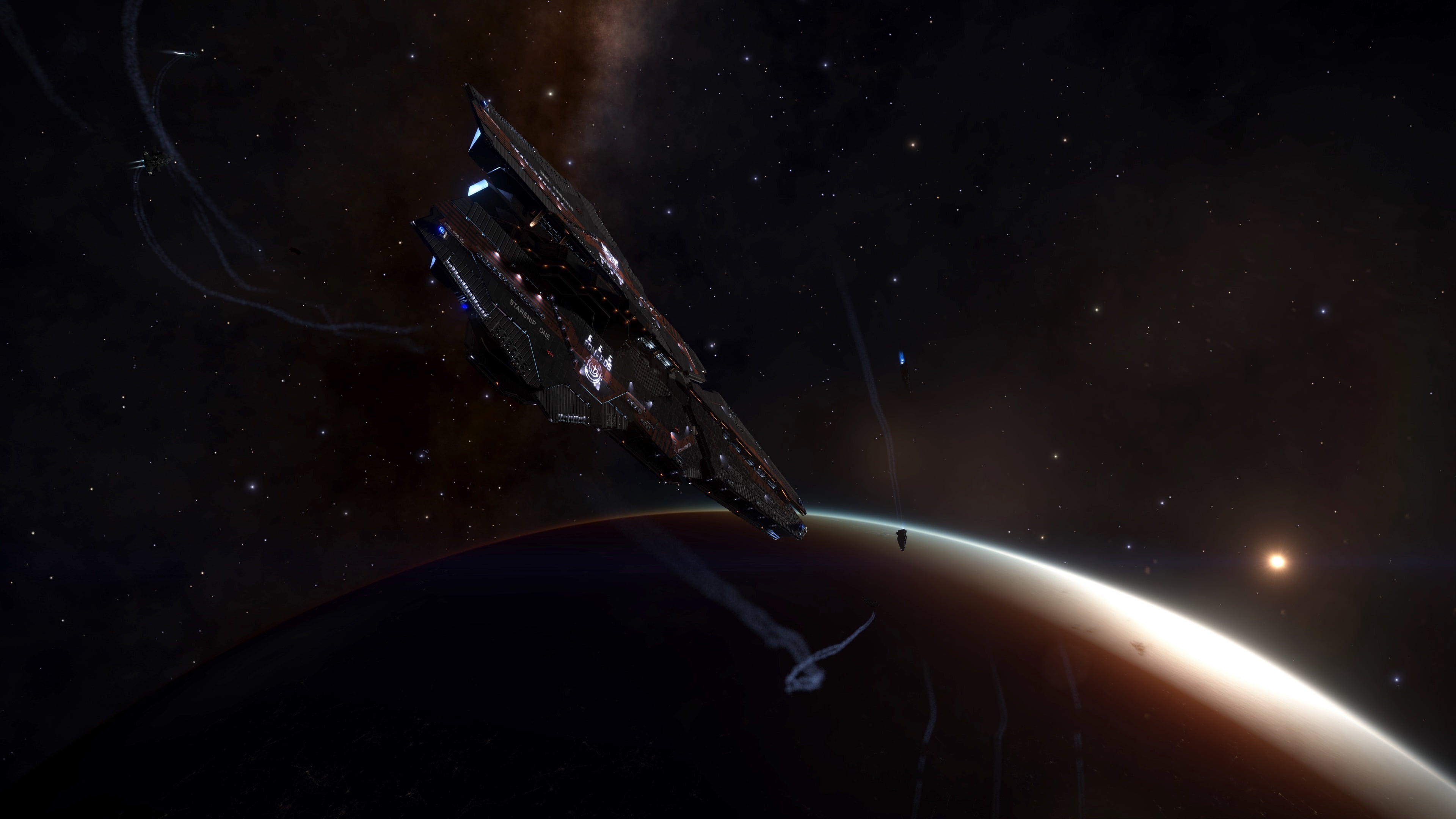Mellow Yellow. Fumerola Extremus – Lime. Image courtesy of Cmdr. Arras DeCairo
Extremophile organisms located in regions with active fumaroles. Their metabolism is driven exclusively through chemosynthetic and thermosynthetic mechanisms based on nearby volcanic activity. Proximity to volcanic heat allows them to survive in environments where the ambient temperature is naturally too cold for them. They frequently incorporate minerals from the fumaroles’ ejecta, meaning they can appear inorganic at first glance and may sport exotic colours.
Variant Determinant: Material
Minimum Colonial Separation: 100m
Species
| Species Name | Percentage of recorded Fumerola Population | Vista Genomics Offer Price as at 31st March 3310 |
|---|---|---|
| Fumerola Aquatis | 30.76% | 6,284,600 |
| Fumerola Carbosis | 23.91% | 6,284,600 |
| Fumerola Extremus | 13.84% | 16,202,800 |
| Fumerola Nitris | 31.49% | 7,500,900 |
All data as at 30th June 3310.
For up-to-date statistics and Vista Genomics pricing, please visit:
Fumerola Aquatis

A Species of Fumerola that can be found near sites of water-based volcanic activity. They appear as small dark clusters with ridged folds that trap heat within.
Material and Variant
| Material | Cadmium | Mercury | Molybdenum | Niobium | Tin | Tungsten |
| Variant | Green | Yellow | Cyan | Gold | Orange | Cobalt |
Planetary Body Type: Icy (94%), Rocky (4%) or Rocky Ice (2%)
Atmosphere: Ammonia (4%), Argon (81%), Nitrogen (3%), Oxygen (1%), Sulphur Dioxide (8%), Water (2%) Other Atmospheres (1%)
Volcanism: Major and Minor Water Geysers, Major and Minor Water Magma
Temperature Pressure Gravity
| Minimum | Average | Mode | Maximum | |
| Temperature (K) | 20.01 | 110.12 | 84.91 | 446.45 |
| Pressure (atm) | 0.000990237 | 0.019495250 | 0.000990237 | 0.098635463 |
| Gravity (G) | 0.03 | 0.2 | 0.21 | 0.27 |
Galactic Arm Preference: No Preference.
Fumerola Carbosis
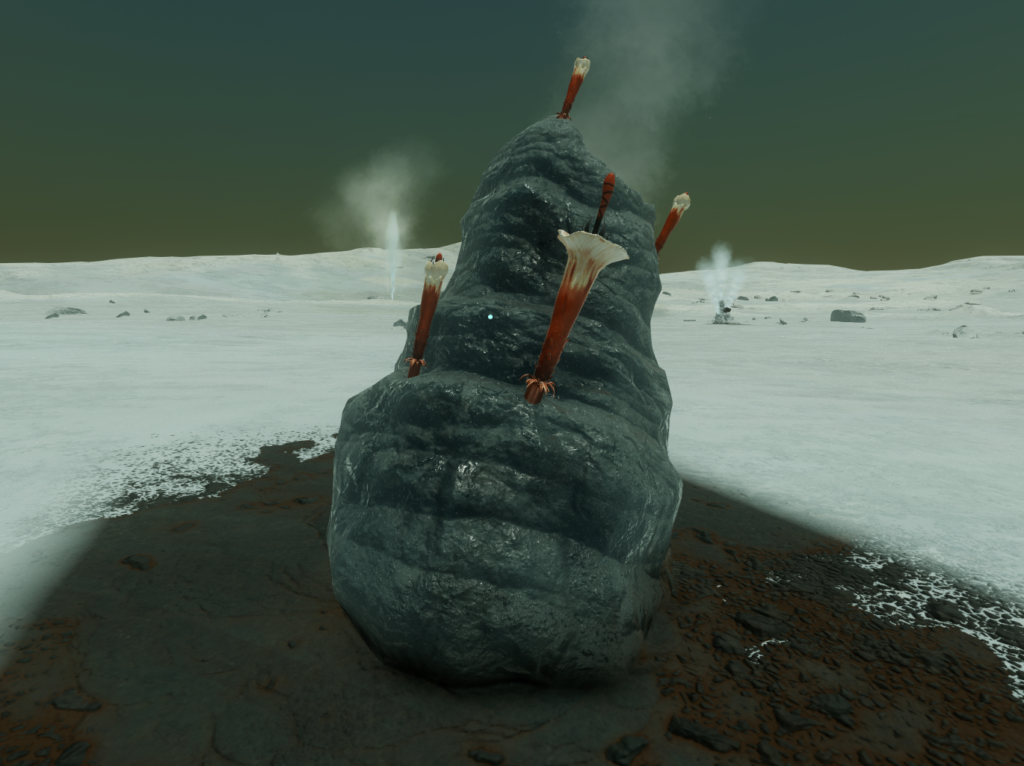
A Fumerola Species found near sites of carbon-based volcanism, appearing as a thin upright tube. An inner organism protrudes from an opening at its peak to increase heat absorption.
Material and Variant
| Material | Cadmium | Mercury | Molybdenum | Niobium | Tin | Tungsten |
| Variant | Orange | Magenta | Gold | Cobalt | Cyan | Yellow |
Planetary Body Type: Icy
Atmosphere: Argon (32%), Methane (62%), Nitrogen (2%), Sulphur Dioxide (4%)
Volcanism: Minor Carbon Dioxide Geysers, Minor Methane Magma
Temperature Pressure Gravity
| Minimum | Average | Mode | Maximum | |
| Temperature (K) | 40.30 | 97.83 | 90.00 | 271.27 |
| Pressure (atm) | 0.000993084 | 0.048390977 | 0.000993084 | 0.098627107 |
| Gravity (G) | 0.03 | 0.1 | 0.04 | 0.27 |
Galactic Arm Preference: No Preference
Fumerola Extremus
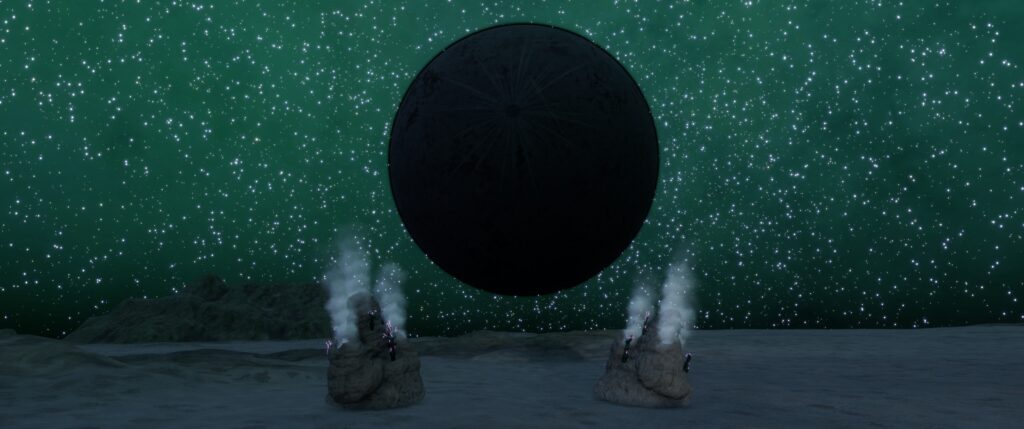
This Fumerola Species has a preference for particulate-based volcanism types. They appear as long vertical stalks with smaller fronds that can stretch out.
Material and Variant
| Material | Cadmium | Mercury | Molybdenum | Niobium | Tin | Tungsten |
| Variant | Orange | Magenta | Gold | Cobalt | Cyan | Yellow |
Planetary Body Type: Rocky (96%) or Rocky Ice (4%)
Atmosphere: Ammonia (10%), Argon (1%), Methane (82%) or Sulphur Dioxide (7%)
Volcanism: Major and minor Silicate Vapour Geysers; major and minor Rocky or Metallic Magma
Temperature Pressure Gravity
| Minimum | Average | Mode | Maximum | |
| Temperature (K) | 54.35 | 105.88 | 95.25 | 203.05 |
| Pressure (atm) | 0.001139145 | 0.037197062 | 0.001139145 | 0.098413174 |
| Gravity (G) | 0.04 | 0.09 | 0.05 | 0.27 |
Galactic Arm Preference: No Preference.
Fumerola Nitris

This Species of Fumerola prefers nitrogen-based volcanism. They produce an ovoid organism with dotted markings, which sits on top of a thin stalk.
Material and Variant
| Material | Cadmium | Mercury | Molybdenum | Niobium | Tin | Tungsten |
| Variant | White | Peach | Lime | Red | Mulberry | Aquamarine |
Planetary Body Type: Icy
Atmosphere: Argon (52%), Methane (47%) or Other Atmospheres (1%)
Volcanism: Minor Ammonia or Nitrogen Magma
Temperature Pressure Gravity
| Minimum | Average | Mode | Maximum | |
| Temperature (K) | 50.20 | 77.30 | 54.78 | 248.14 |
| Pressure (atm) | 0.000987114 | 0.033014347 | 0.000987114 | 0.098682082 |
| Gravity (G) | 0.03 | 0.07 | 0.04 | 0.27 |
Galactic Arm Preference: No Preference
